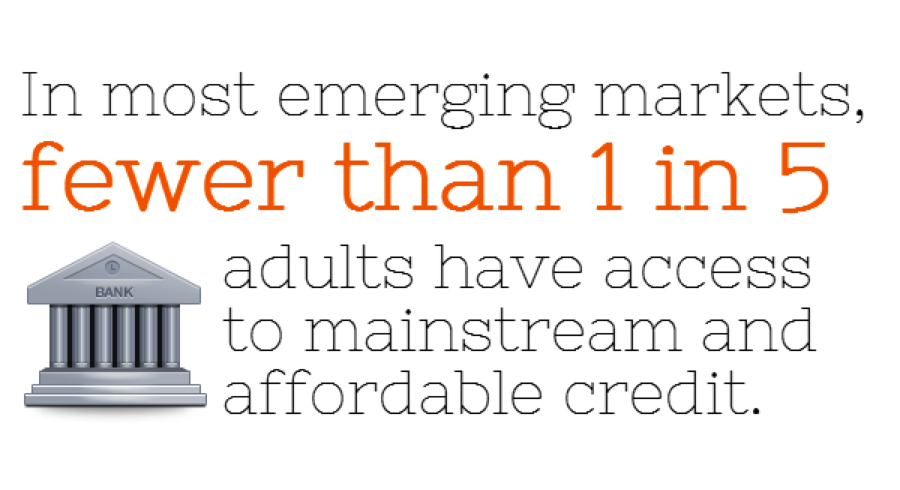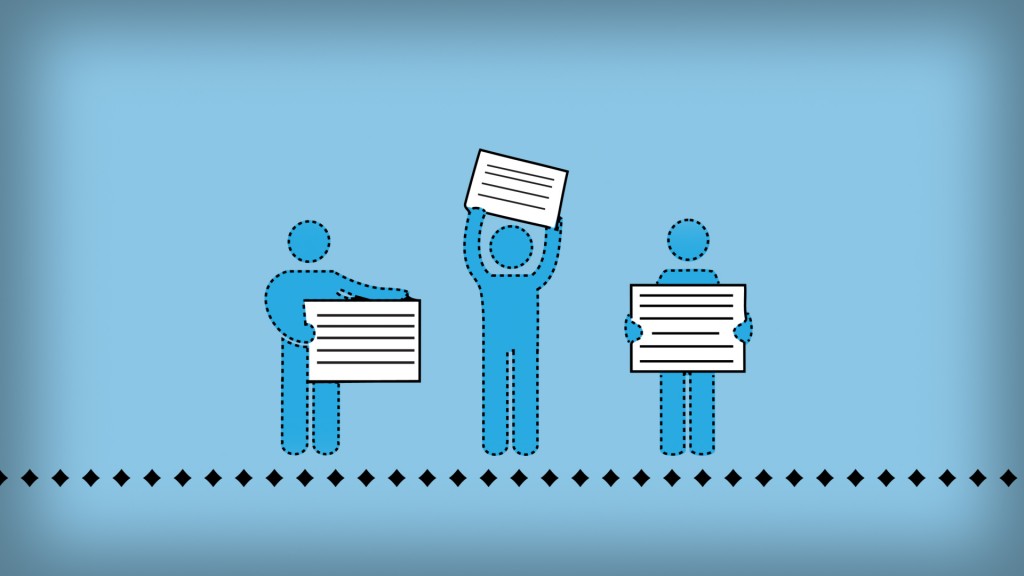Credit Invisibility
“Approximately 3.5 billion of the world’s adults do not use formal financial services.”
Even when access to a formal lending institution is possible—and many lack access, especially in rural areas—most of these persons are “Credit Invisibles.” Credit Invisibles have no credit data, and mainstream lenders use automated underwriting systems requiring this data—such as a credit report. When none is available, lenders automatically reject an applicant.
The “Credit Catch 22”

Mainstream lenders rely on credit reports to assess credit risk and make loans. Traditional credit bureaus only have data on the already banked. This creates a dynamic where in order to qualify for credit, you have to already have credit. It’s like applying for your first job and being told: ”We’d like to hire you, but we need someone with more experience.” This is the “Credit Catch 22” that acts to exclude many qualified low-income borrowers globally.
Mistrust & Misaligned Incentives Keep Out Alternative Data
“There exists a wealth of data that could be used to drive financial inclusion. If it can be accessed, it could dramatically increase access to financial services for low income persons worldwide.”

Accessing alternative data is difficult, as the owners of it have little incentive to freely share their data with a traditional credit bureau. Further, owing to legitimate data security concerns, data furnishers also don’t trust third parties with their customer data. Finally, most don’t believe it’s fair for others to monetize their data without compensation, as is done by credit bureaus under the traditional model.
